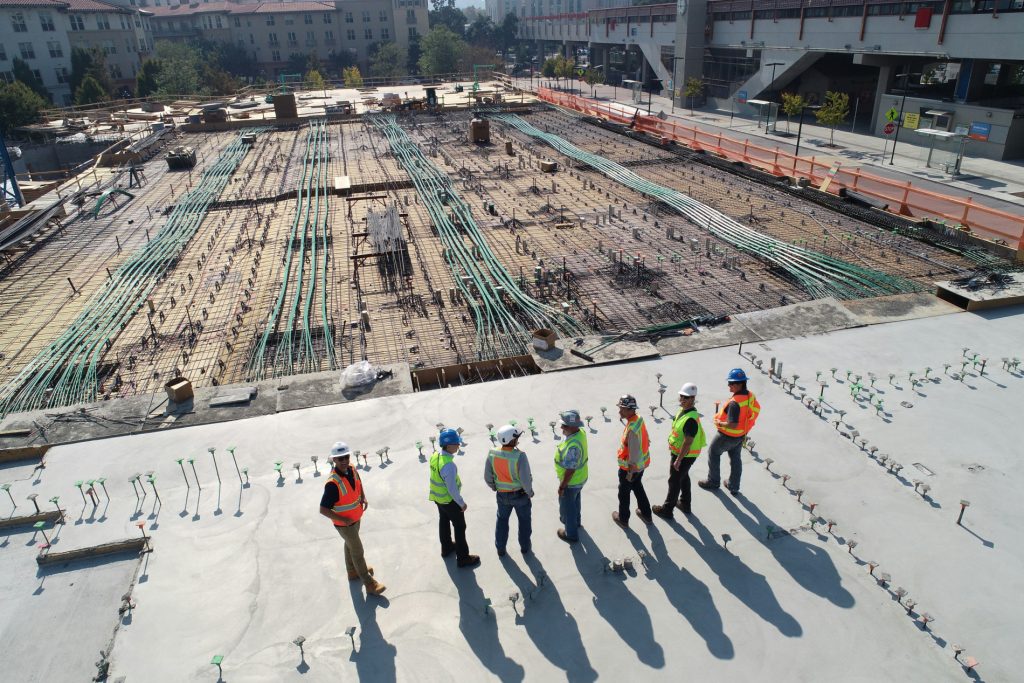Building strong communities: 5 important steps in community engagement for infrastructure projects
Infrastructure projects have a profound impact on the communities they serve. Whether it’s building a new road, renovating public spaces, or constructing vital utilities, community engagement plays a critical role in ensuring the success and sustainability of these projects. Effective engagement not only fosters trust and collaboration but also leads to better outcomes that meet the needs and aspirations of the community.
There are a number of key elements to consider when setting out your Community Engagement Strategy, including:
1. Early and Transparent Communication:
Effective community engagement starts at the earliest stages of an infrastructure project. It is crucial to establish clear and transparent communication channels with the community to inform them about the project’s purpose, potential impacts, and benefits. This early engagement helps build trust, manage expectations, and involve community members in the decision-making process from the outset.
2. Active Listening and Stakeholder Involvement:
Listening to community members and stakeholders is a cornerstone of successful community engagement. Organise meetings, focus groups, and public consultations to provide a platform for individuals to voice their concerns, opinions, and ideas. Actively involving stakeholders allows for a more inclusive decision-making process, fostering a sense of ownership and ensuring that the project aligns with the community’s needs and values.
3. Collaboration and Partnerships:
Engaging community organisations, not for profits, and local leaders as partners in the infrastructure project is essential. Collaborative partnerships can bring diverse perspectives, expertise, and resources to the table, ensuring that the project benefits from a broad range of inputs. These partnerships also help in identifying potential challenges and developing innovative solutions that address community concerns.
4. Education and Information Sharing:
Many infrastructure projects involve technical aspects that may not be easily understood by the general public. Providing educational resources and information in accessible formats is crucial to empower community members to participate meaningfully. Present project details in clear, non-technical language, utilise visual aids, and conduct workshops or training sessions to help community members grasp the project’s intricacies and potential impacts.
5. Long-term Engagement and Accountability:
Community engagement should not be limited to the planning and construction phases of an infrastructure project. Establish mechanisms for ongoing dialogue and feedback throughout the project’s lifecycle. Regular updates, progress reports, and opportunities for public input ensure that the community remains informed and engaged. Additionally, establish accountability measures to address concerns, resolve conflicts, and adapt the project as necessary to reflect the evolving needs of the community.
Community engagement is a vital component of successful infrastructure projects. By following these five important steps—establishing clear communication channels, active listening, collaboration and partnerships, education and information sharing, and long-term engagement—project leaders can build strong and inclusive communities. By involving community members in the decision-making process and valuing their input, infrastructure projects can deliver outcomes that not only meet the community’s needs but also foster a sense of ownership, pride, and shared responsibility.
ARE YOU LOOKING FOR STAFF IN THE HUNTER VALLEY NEWCASTLE REGION?
ASR Recruitment is a boutique recruitment agency specialising in Human Resources recruitment, Engineering recruitment, IT & Technology recruitment, Business Support recruitment, Marketing & Communications recruitment, Accounting & Finance recruitment and Construction recruitment.
Find out more by visiting our Clients page!
Looking for a new Role Search Jobs here.
From our blog
Read our articles below to see our latest insights.









